In the midst of planning a big, image-rich post on the archival photography for Idle Muse Theatre Company’s fantastic production of The Tempest, the Aurora Borealis appeared in the night sky over Chicago.
I vaguely recall seeing the Northern Lights once, but it was long ago, when we lived in Michigan in the 1980s. The last time they were supposed to appear over the Midwest, there was nothing to see where I lived. I know several friends who drove out to remote areas in Wisconsin to capture them last time, but they came away empty handed, as the Northern Lights eluded them on that occasion.
I’ve known photographers who endlessly chase the phenomena in the night sky, traveling across the country (or countries), seeking the perfect conditions for the perfect shot. As for me, I was at home during the event on Thursday night, oblivious to the occurrence until late in the evening. When I first heard of it, I looked out the window, saw nothing happening in the night sky, and went back to my dinner.
It wasn’t until later on in the evening that we walked down to lake Michigan just to take a quick look. There was still nothing to see where we were standing. But when we lifted our phones and took a few test shots over the lake, that’s when the lights appeared.
That’s when I retrieved my new camera and tripod and went back down to the beach to set up.
New Camera Stuff
Until this summer, I’d resisted the switch to a new (mirrorless) camera, content with my trusty digital SLR I’d learned my way around since 2016. I made the switch more for the practical reasons of keeping up with the times. I didn’t expect how much simpler it would make things. Well, usually.
Previously, I’d have set a camera up on a tripod, used my phone to figure out where the Northern Lights were (since they weren’t visible to the eye in my location), pointed the camera in that direction, and tried a number of tests, squatting down beneath the camera and tripod to see whether it had worked. Mirrorless cameras work like your phone, though: what you see is approximately what you get, so you can adjust settings in real time. Remotely triggering the camera with your phone is far less complicated than it used to be, allowing me to take longer exposures without touching the camera. Finally, a screen that flips outward allowed me to place the camera low to the ground while still able to see what I was shooting.
Over the Big Midwestern Lake
When we first moved into our place in 2011, we used to see so many beautiful sights over Lake Michigan, from moons to storms to tall ships sailing by. The lake is still my favorite thing about where I live, though I probably don’t spend as much time observing it as I once did, caught up in day-to-day stresses I didn’t have in 2011. Still, it seems the sights that you can still see over the lake can surprise you if you take the time to look.
Between the 2024 eclipse and this spectacular display of the Northern Lights over the Midwest, it’s been a good year to capture the night sky in this part of the world. I don’t pursue these phenomena the way some photographers do, with loads of precise instruments and careful travel plans, but I’m happy to have witnessed and captured a few this year.
The following shots were four-second exposures at ISO 800, f/2.8.
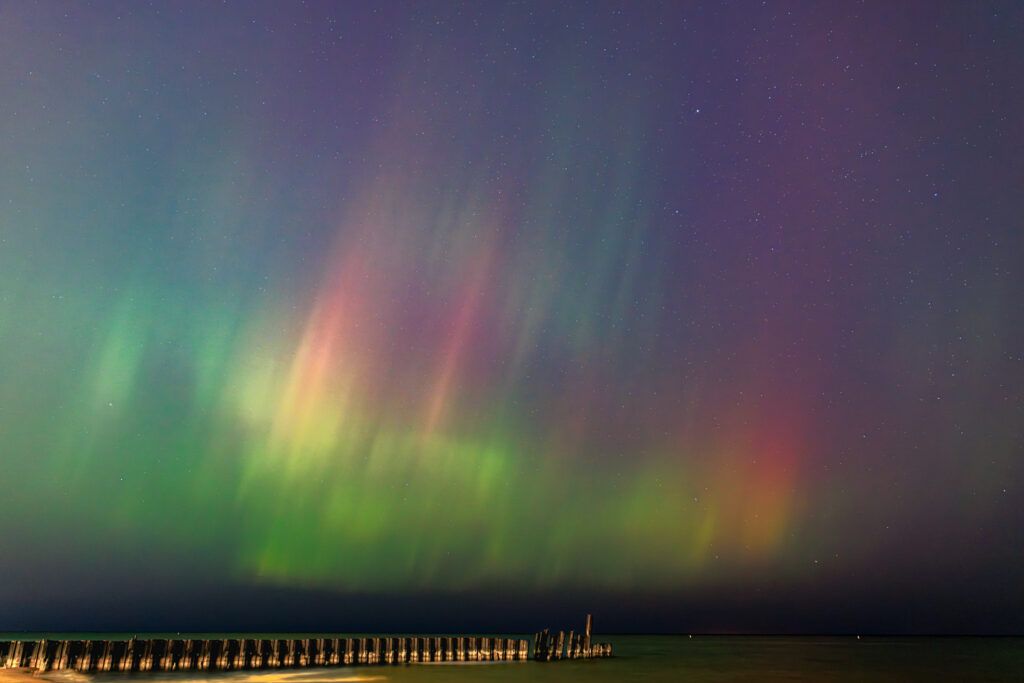
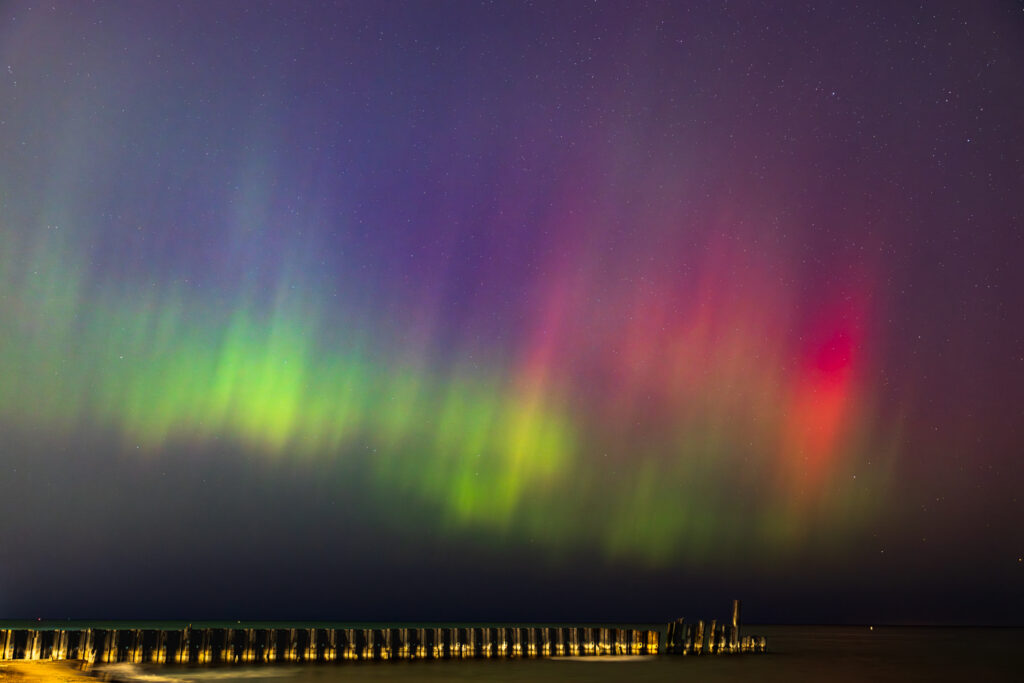


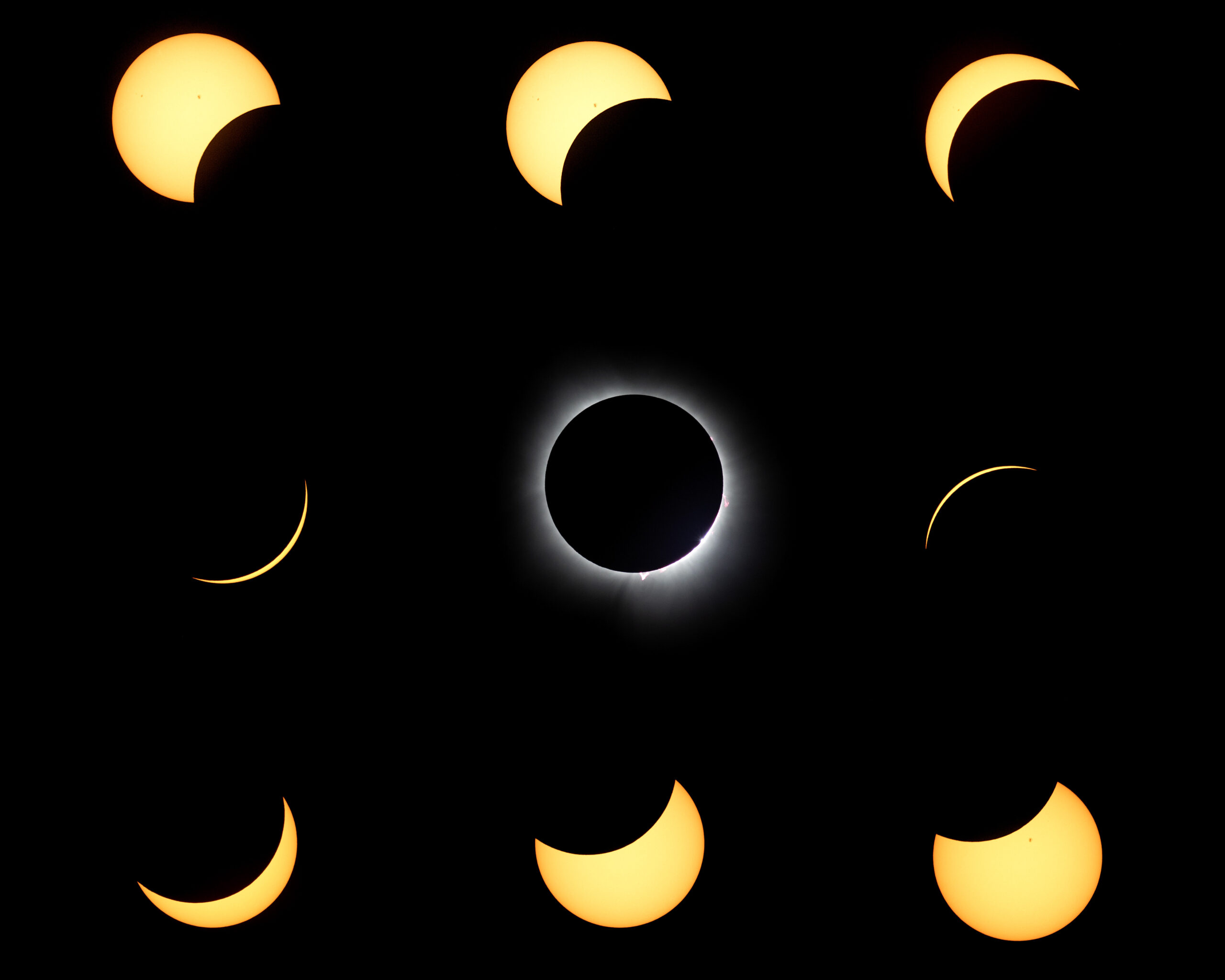
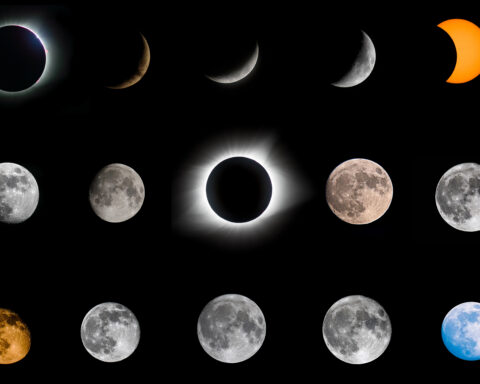
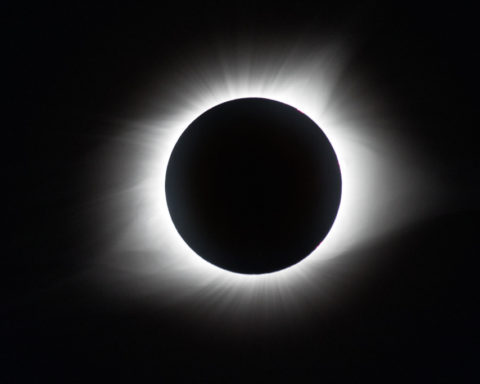
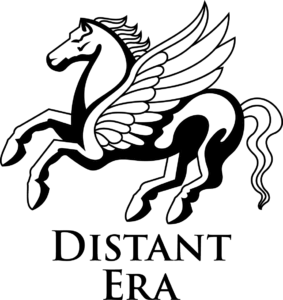
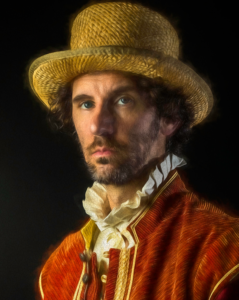

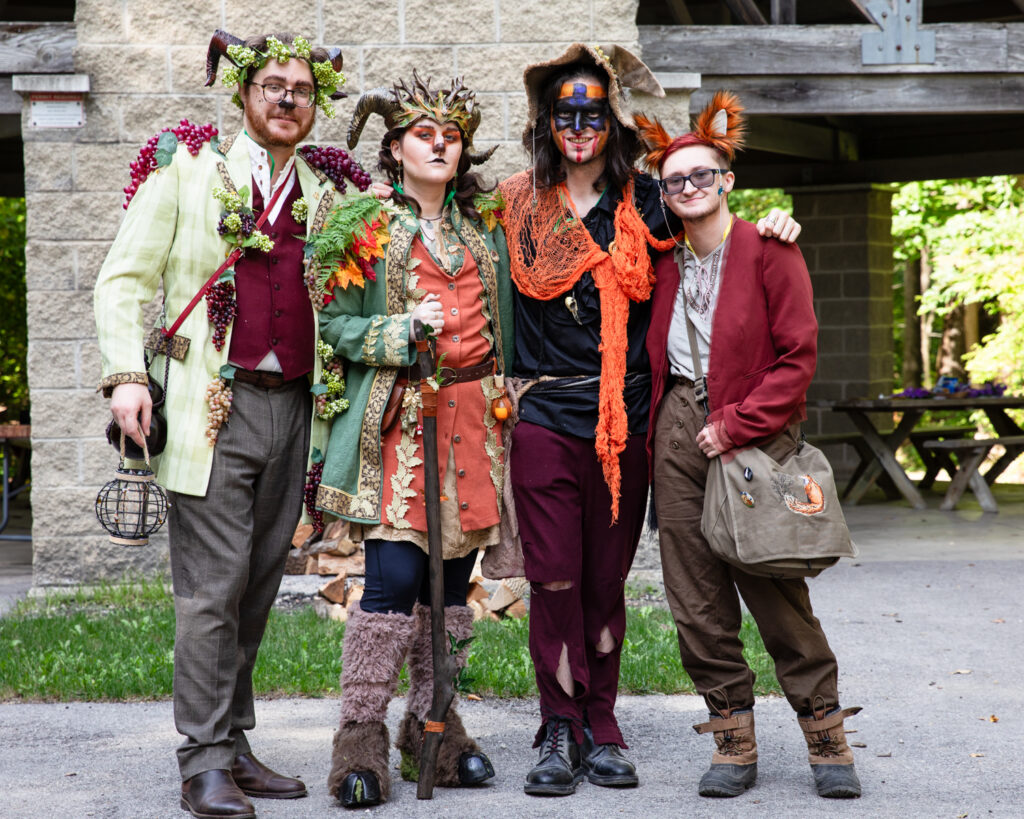
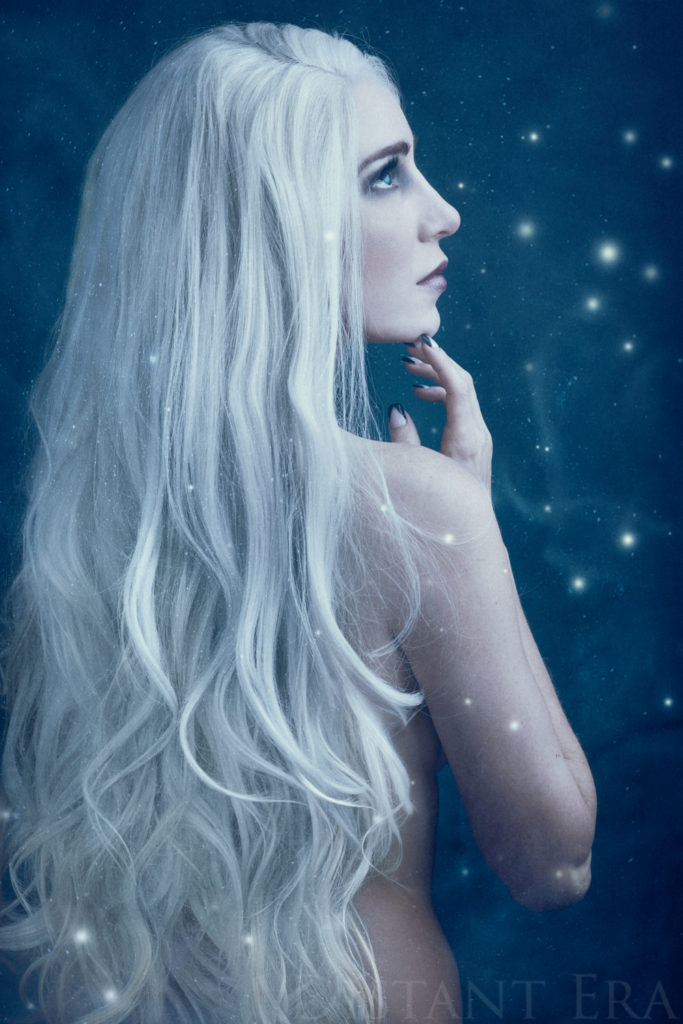
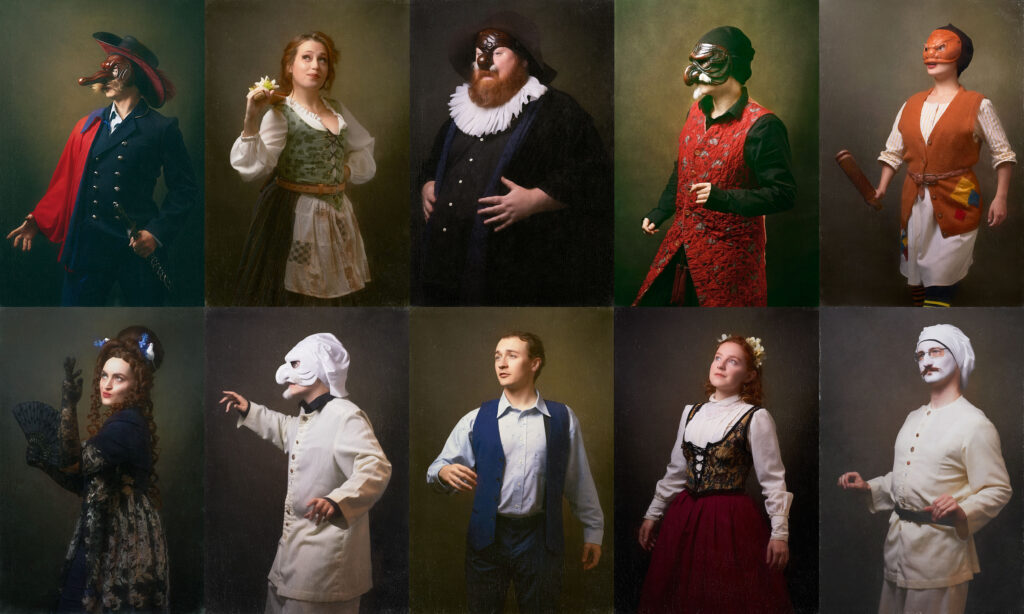
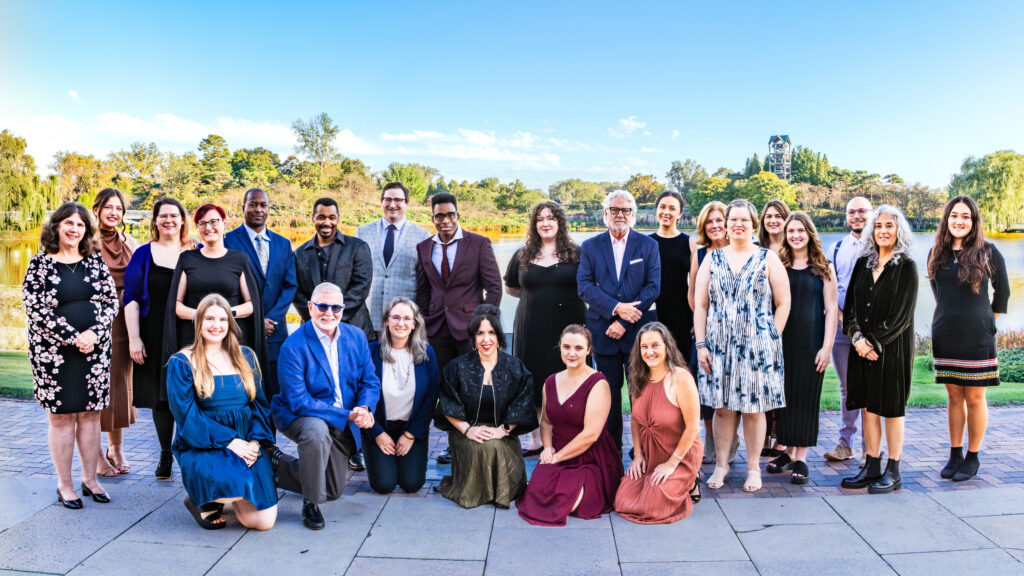
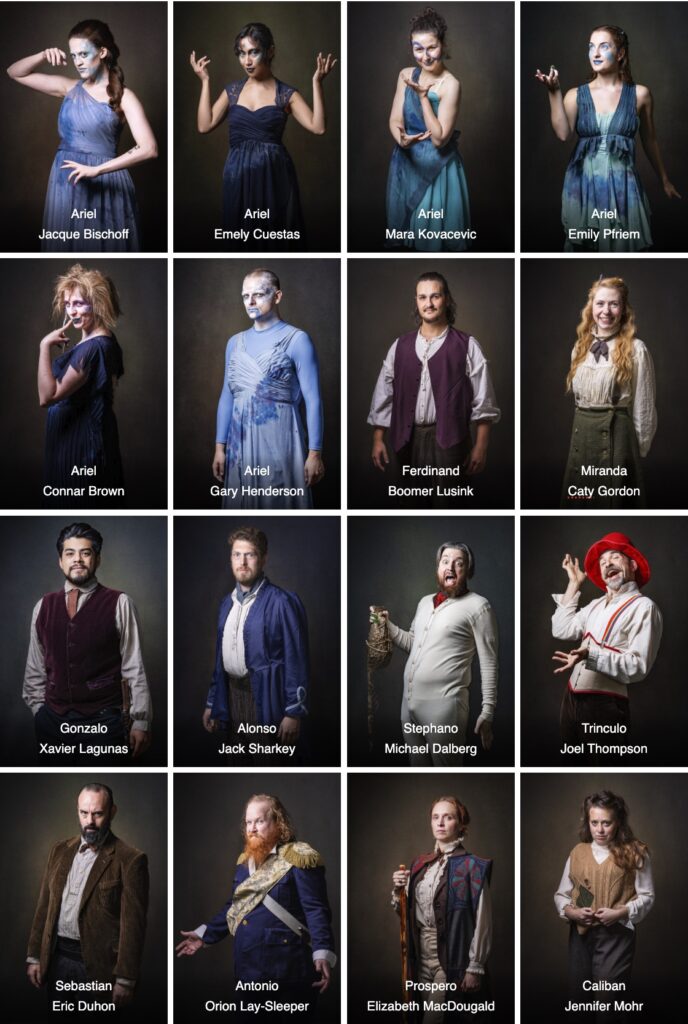
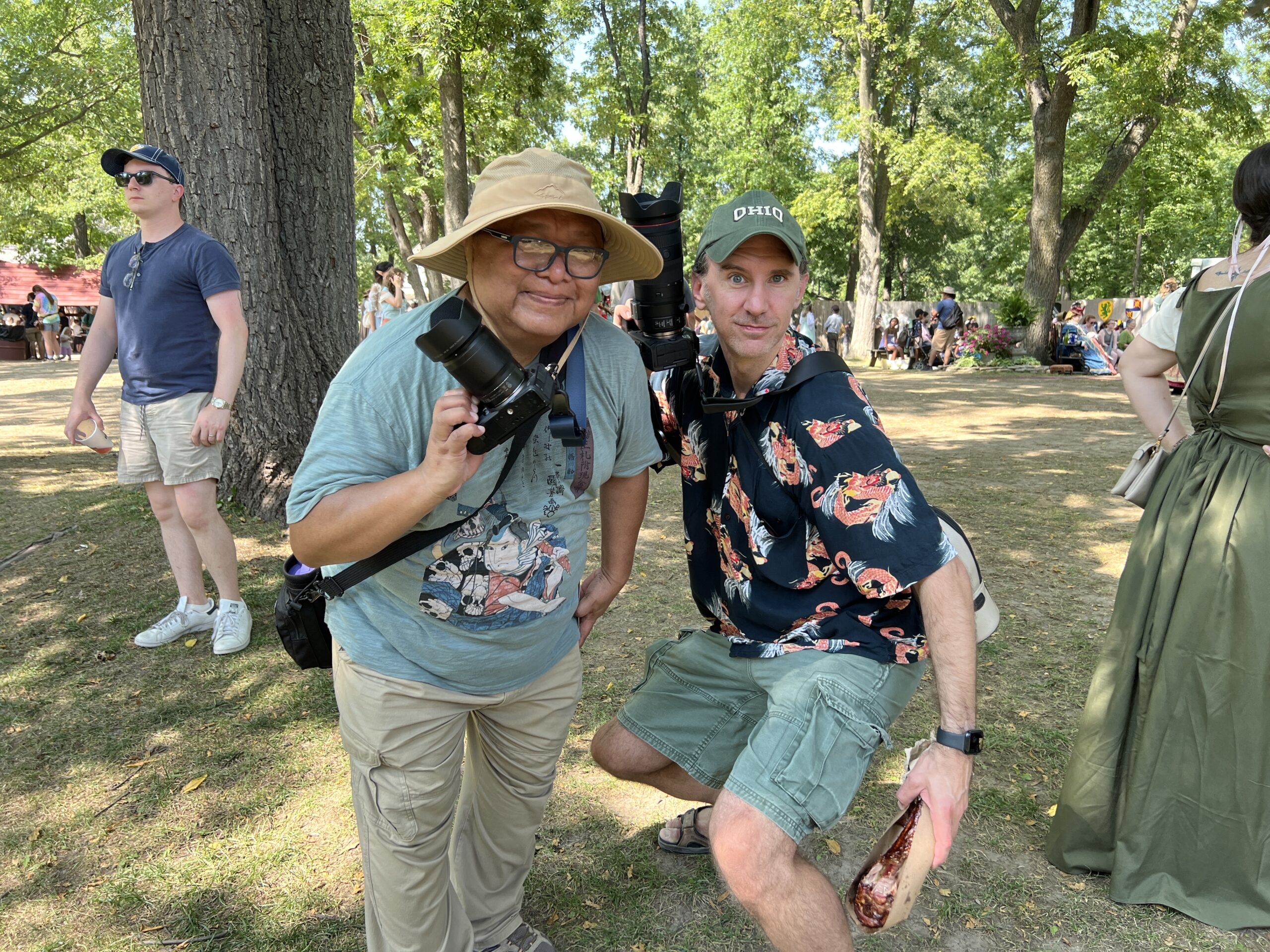
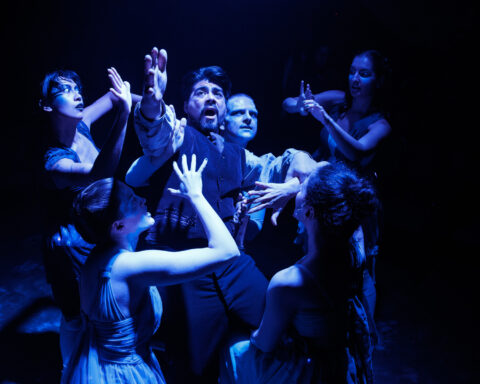
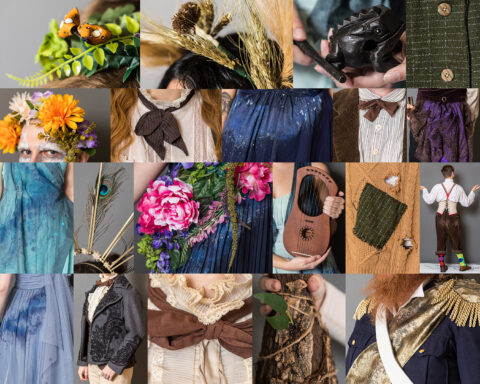
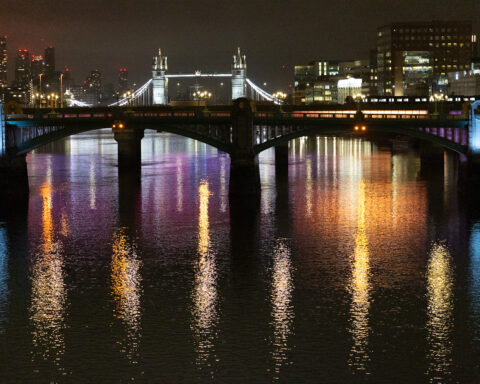
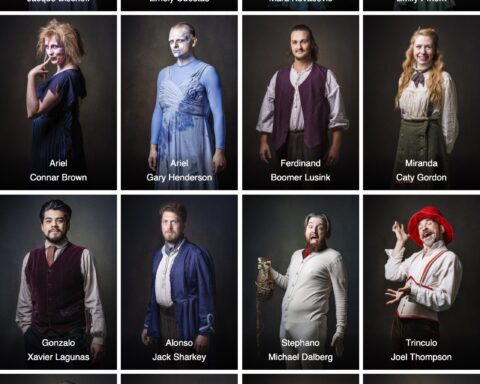
Follow Me